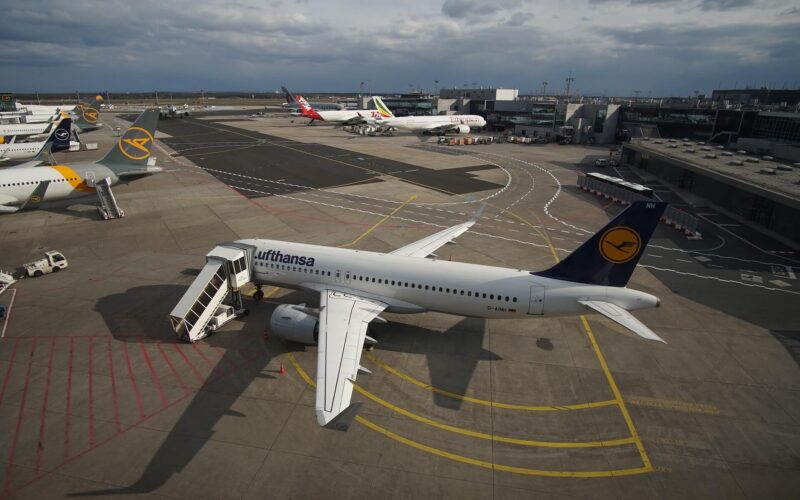Many have called COVID-19 pandemic the worst crisis in the history of air travel, with passenger numbers falling to almost zero following March 2020. European airlines experienced some of the strictest lockdowns in the world, as their revenues dropped, prompting bailouts and pleas to open borders. But who was hit the most?
2019 in the air travel industry was the most profitable year, with immense growth all across the board. Flying is a seasonal thing and although the first quarter – usually the slowest one – did not bring any surprises, the summer season began with a steady growth of passenger numbers, especially for low-cost carriers.
The first quarter of 2020 began with an acute awareness of the beginning of COVID-19 epidemic in China, which turned into a world-wide pandemic in a span of several months. Come March, lockdowns began, bringing both international and domestic travel to a standstill. The second quarter – April, May and June – was the hardest one, as passenger numbers dropped almost to zero for all airlines.
(Turkish Airlines does not publish quarterly passenger amount, therefore it is not included here)
The initial fall of revenue mirrors the decline in traffic. But in Q2 one trend emerges: the larger the company, the bigger – proportionally – is the fall. Some carriers managed to enact harsher cost-saving measures, some did not. Former ones, such as EasyJet, slashed their spending and jumped at the opportunity of reopening borders; latter ones remained in freefall.
(EasyJet does not publish quarterly profit, therefore it is not included here)
There is another player in the situation: as the crisis began, various European governments stepped in, subsidizing companies, buying their shares or loaning large sums of money. Lufthansa’s (LHAB) (LHA) incredible $9.8 billion (€9 billion) bailout attracted a lot of attention, as did France’s and the Netherland’s decisions to support their carriers, collectively rivaling the German one. Other airlines’ bailouts were smaller and the fact that provided figures may be not fully accepted yet should be kept in mind. As should differing nature of governmental support: Turkish Airlines, for example, received a stimulus package (not listed here due to unknown amount). Ryanair, as did some others, received a loan, prompting it to call all other kinds of aid illegal.
It is hard to tell how long the aid will keep the airlines afloat and how many of them will be able to survive until the market recovers. All that could be told now is that some carriers appear to be doing vastly better than others.

